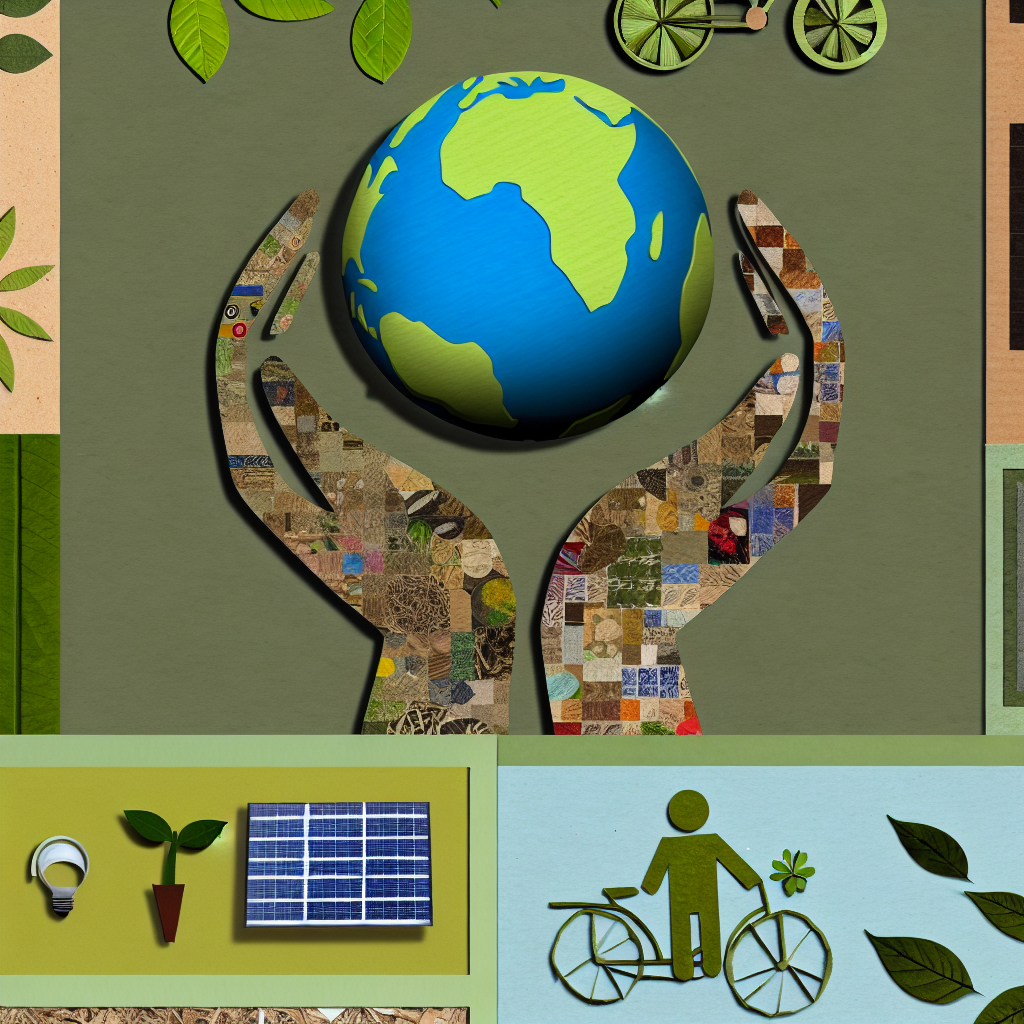In today’s eco-conscious society, the importance of sustainable choices cannot be overstated. One such choice that continues to gain traction is the use of recycled papers and boards. This article explores their benefits, types, and how to select the right product for your needs.
Why Choose Recycled Papers and Boards?
The production of recycled paper and boards significantly reduces the need for virgin materials, thus conserving forests and reducing waste. By opting for recycled options, consumers can:
- Minimize environmental impact by lowering energy consumption.
- Reduce greenhouse gas emissions.
- Support the recycling industry and promote a circular economy.
Types of Recycled Papers and Boards
Recycled papers and boards can be categorized based on their content and manufacturing processes. Here are the commonly found types:
- Post-Consumer Waste (PCW): Made from recycled products that have completed their life cycle, such as newspapers and cardboard boxes.
- Post-Industrial Waste: Produced from scraps generated during the manufacturing process that are reused but not yet reached consumers.
- Eco-Friendly Paperboards: These are thicker sheets made from recycled materials, often used for packaging and crafts.
- 100% Recycled Options: These papers contain no virgin fibers and provide the highest level of sustainability.
How to Select the Right Recycled Paper and Board
Choosing the right recycled paper or board involves several considerations. Here’s a quick guide:
- Purpose: Define what you need the paper for – printing, packaging, or crafts?
- Quality: Assess the quality required; some applications may benefit from higher-grade recycled options.
- Certification: Look for certified products (e.g., FSC or EcoLogo) which ensure sustainable sourcing.
- Cost: Recycled products can sometimes be more expensive. Weigh the benefits against your budget.
Conclusion
Sustainable choices, like selecting recycled papers and boards, are vital for protecting our environment. By understanding the types and carefully choosing the right product, consumers can actively contribute to a greener future. The next time you make a paper purchase, remember the impact of your choice!





